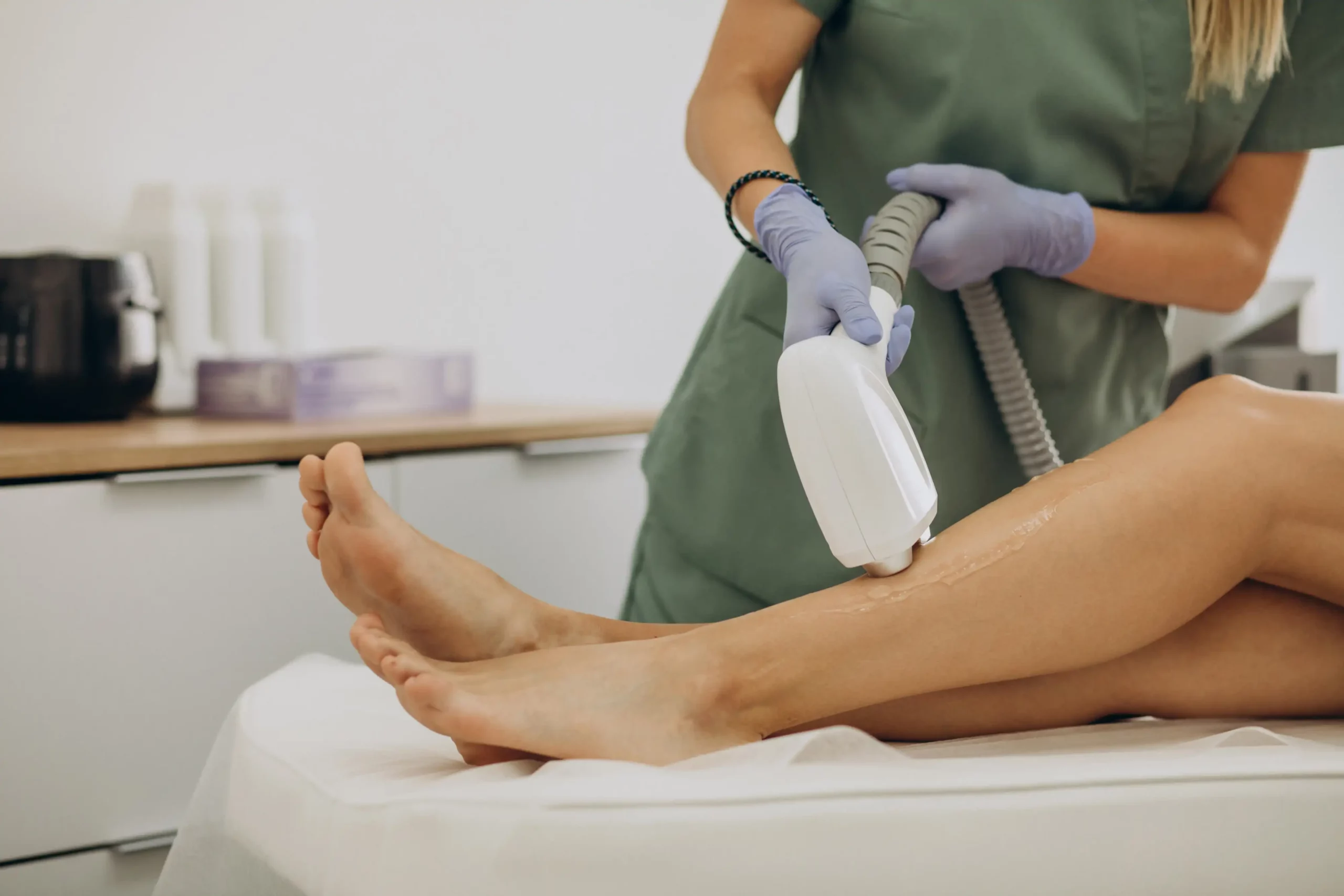Exploring the best laser hair removal devices, types, and effectiveness for unwanted hair step2

How does laser removal work?
The medical procedure known as laser hair removal uses a focused light beam, or laser, to remove unwanted hair. Hair contains a pigment called melanin, which absorbs laser light.
The heat produced by this conversion of the laser’s energy damages the hair follicles that grow new hair. This process inhibits or delays the growth of new hair.
Here’s a thorough breakdown of how laser hair removal works:
Speaking with:
You will frequently meet with a qualified specialist for a consultation before starting therapy. They will assess your skin type, hair color, and medical history to determine whether you are a good candidate for laser hair removal.
Getting ready:
You may be advised to avoid the sun and certain skincare products before the procedure in order to reduce the risk of complications.
Slicing:
Trimming the targeted hair to a few millimeters above the skin’s surface is one alternative. This makes sure that the hair above the skin doesn’t absorb the majority of the laser energy, which is instead directed onto the hair follicles.
How to Apply a Cooling Gel:
To shield the skin’s outer layers and facilitate the laser’s better penetration of the hair follicles, a cooling gel may be given to the skin.
Use of Lasers:
The practitioner will make use of a portable gadget that flashes laser light.
Once the laser beam passes through the skin, it is absorbed by the melanin present in the hair follicles.
Following Treatment:
You can feel swollen or red after the surgery, but these are usually minor side effects that go away quickly. Experts might advise staying out of the sun and applying moisturizers to calm the area that has been treated.
It’s crucial to remember that because hair grows in cycles and the laser works best, numerous sessions are typically needed for the best results.
Results can differ, though, and some people might eventually regrow. In order to reduce the chance of difficulties, it is imperative that the surgery be carried out by a skilled and certified specialist.
Benefits of laser hair removal
For those seeking permanent hair reduction, laser hair removal is a popular choice because of its many benefits. Among the principal advantages are the following ones:
Precision:
It only treats the targeted regions, leaving the surrounding skin unaffected. The laser’s accuracy makes hair removal precise, which makes it appropriate for smaller, more delicate places.
Speed:
A single laser pulse can treat several hairs at once in a fraction of a second. Treating large areas like the back or legs can be done really fast.
Long-Term Outcomes: Laser hair removal frequently results in a long-term decrease in hair growth, although it cannot guarantee permanent hair removal. After finishing a course of treatments, many people notice a noticeable decrease in their hair density.
Predictability:
The treated hair gets lighter in color and finer over time. People can successfully plan and manage their hair removal needs since the results are predictable.
Convenience:
Compared to more traditional methods like shaving, waxing, or depilatory creams, laser hair removal is a more convenient option.
Decreased Ingrown Hairs:
Laser treatment stops the growth cycle and lessens the chance of ingrown hairs by focusing on the hair follicles.
Better Skin Texture:
The process can result in smoother skin because it minimizes the risks of razor bumps and skin irritation that come with using other hair removal treatments in addition to eliminating hair.
Versatility:
The face, arms, legs, bikini line, underarms, and other parts of the body can all be treated with laser hair removal. It is appropriate for both genders.
Decreased Maintenance:
Laser hair removal eliminates the need for ongoing care for undesired hair, in contrast to shaving and waxing, which call for regular maintenance. Maintenance sessions are usually less frequent after the original course of treatment is finished.
risks and side effects of laser hair removal
Typical adverse effects could be:
Transient Uncomfort:
People may feel something like a rubber band snapping on their skin during the treatment. While some people may experience discomfort during the treatment, this is usually only temporary.
Swelling and Redness:
Redness and swelling in the treated area are typical side effects that occur right after the surgery. This is normally only momentary and will go away in a few hours or a day.
Crusting and Blistering:
Skin blistering or crusting may happen in rare cases.
Eye Trauma:
There is a chance of harm when using lasers close to the eyes. To avoid unintentional exposure to laser light, protective eyewear should be worn by both the practitioner and the patient.
Texture Changes in Hair:
Some people may see changes in the treated hair’s texture rather than total hair eradication. Its color could become lighter or finer.
For more information read about: Effective skincare routines and professional treatments
how to prepare for laser hair removal – pre-care guidelines
Before undergoing laser hair removal, a few preparations must be made in order to maximize results and reduce the possibility of side effects. Please adhere to these general pre-care instructions:
Talking with:
Schedule a consultation with a registered and certified.
About your medical history, any drug use, and any past attempts at hair removal.
laser hair removal treatments: what to expect
- Preparation
- Shaving
- Topical Anesthetic
- Protective Eyewear
- Laser Application
Tips for Laser Hair Removal in Different Seasons
Winter:
Since there is usually less sun exposure in the winter, this is the best season for laser hair removal. Steer clear of the sun—sunburned or tanned skin is more sensitive to adverse effects.
Summertime:
Sun Protection:
If you plan to have laser hair removal in the summer, you must wear sunscreen. Use a high SPF broad-spectrum sunscreen, cover up with protective clothes, and minimize your time outside in the sun.
Fall:
Gentler Temperatures: Fall is an excellent season for laser hair removal because it might have gentler temperatures. But don’t stop making sun protection your top priority.
Results
scrubbing off
Microdermabrasion is a non-invasive exfoliating method that helps to create a smoother, more radiant complexion by removing dead skin cells from the skin’s surface.
Enhances Cellular Texture
Microdermabrasion can assist in enhancing the general texture of the skin by removing the outermost layer of skin, which can lessen the appearance of fine wrinkles, acne scars, and uneven skin tone.
You can also check out: hair removal treatments
Conclusion:
In conclusion, laser hair removal is an effective procedure that uses focused laser beams to inhibit hair growth. It involves consultations, skin preparation, and laser application.
The benefits of laser hair removal include precision, speed, long-lasting results, predictability, convenience, reduced ingrown hairs, improved skin texture, and versatility.
However, there may be temporary discomfort, redness, swelling, or crusting, and eye protection is crucial. Pre-care guidelines should be followed, and the ideal season for treatment depends on sun exposure.
Microdermabrasion is a non-invasive method that enhances skin texture by removing dead cells and reducing wrinkles, acne scars, and uneven skin tone.
